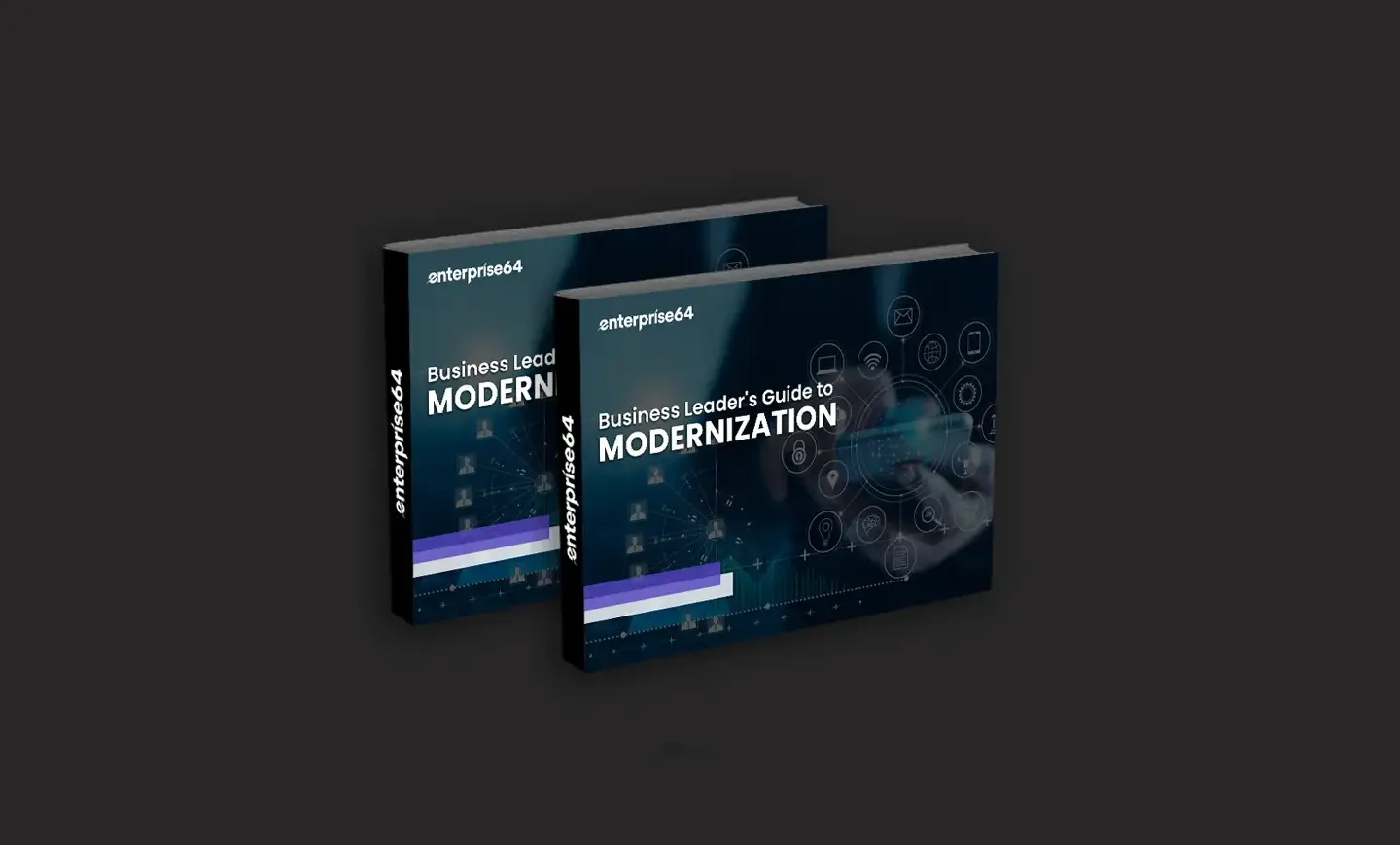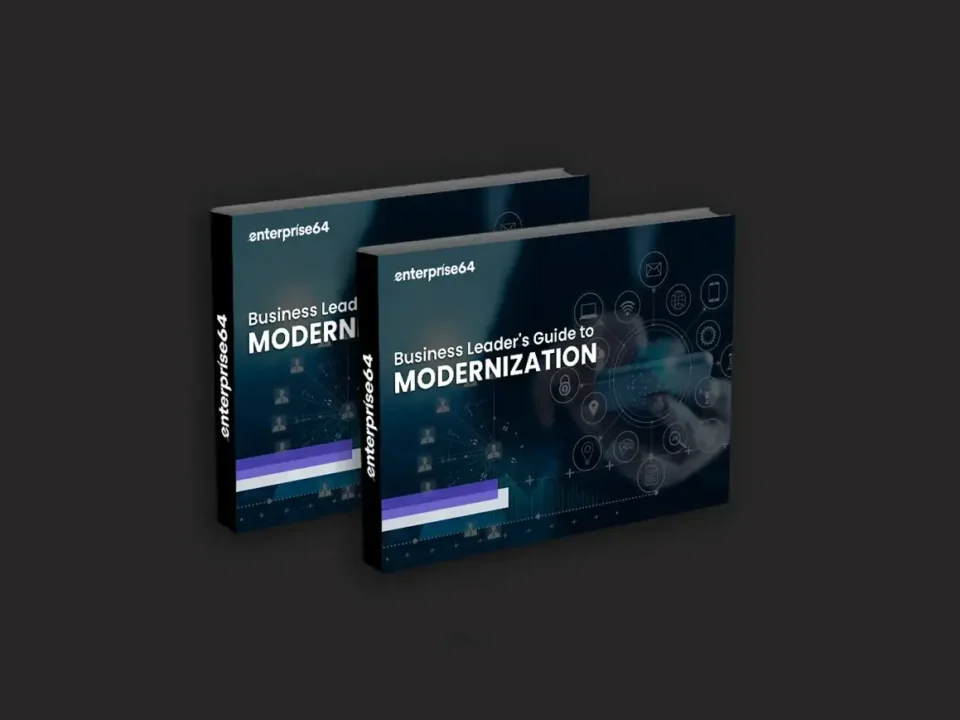Best Practices for Protecting Your Digital Assets
According to the Flexera’s 2024 State of the Cloud Report, 85% of organizations states security as one of the biggest challenges in the cloud.
But why are tech leaders this concerned about cloud security? The same report suggests that the cloud spend is going to increase by 29% in the next 12 months. Hence, organizations will focus more on cloud costs and the associated security challenges.
In this guide, I’ve briefed a list of cloud security threats, and the best practices involved that business leaders and technical personnel can employ for cloud security.
Common cloud security threats
These are the most common security threats that cloud business stakeholders and clients must deal with.
Data breaches:
Unauthorized access to sensitive information can lead to data breaches, resulting in financial loss and damage to an organization’s reputation.
Insider threats:
Internal employees with malicious intent or accidental mishandling of data can pose a significant risk to cloud security.
Malware and ransomware:
Malicious software can infect cloud systems, encrypting data or rendering it inaccessible until a ransom is paid.
Insecure APIs:
As the name suggests, insecure APIs or libraries can provide an entry point for attackers as they reduce the tool’s security wall.
Account hijacking:
Weak or stolen credentials can allow unauthorized individuals to gain access to cloud accounts and manipulate data.
Best practices for securing your digital assets in the cloud
Choose a secure cloud provider:
The first step in securing your digital assets in the cloud is selecting a reputable and secure cloud provider. Consider factors such as their track record, certifications, and adherence to industry standards.
Look for providers that offer robust encryption, regular security audits, and comprehensive incident response plans. Additionally, ensure that the provider’s data centers are geographically dispersed to enhance redundancy and resilience.
Implement access controls and authentication measures:
To prevent unauthorized access to your cloud resources, implement strong access controls and authentication measures. Enforce the principle of least privilege, granting users only the permissions necessary to perform their tasks.
Utilize multi-factor authentication, requiring users to provide multiple pieces of evidence to verify their identity. And regularly review and update access privileges to reflect any changes in job roles or responsibilities.
Encrypt data in the cloud:
Encrypt your data both at rest and in transit to ensure its confidentiality. Choose a strong encryption algorithm and manage your encryption keys securely.
Moreover, consider implementing data loss prevention (DLP) solutions to detect and prevent the unauthorized transmission of sensitive information.
Monitor and audit your cloud environment:
Continuous monitoring and auditing of your cloud environment are vital to detect and respond to any security incidents promptly.
Hence, try to implement robust logging mechanisms and real-time monitoring tools to track user activities, network traffic, and system events. And regularly review logs and conduct proactive security assessments to identify any vulnerabilities or anomalous behavior.
Use disaster recovery and backup strategies:
No matter how secure your cloud environment is, it’s essential to have a comprehensive disaster recovery and backup strategy in place. Regularly back up your data and test the restoration process to ensure its integrity.
Consider leveraging cloud-native disaster recovery solutions that offer automated failover and rapid recovery options, and regularly update your disaster recovery plans to align with your organization’s objectives.
Educate employees on cloud security best practices:
Employees are often the weakest link in an organization’s security ecosystem. Therefore, educate your employees on cloud security best practices to promote a culture of security awareness.
Conduct regular training sessions, provide clear guidelines on password management, and raise awareness about phishing attacks and other social engineering techniques. Also, encourage employees to report any suspicious activities promptly.
Perform ongoing maintenance and updates:
Cloud security is not a one-time endeavor; it requires regular maintenance and updates. Stay informed about the latest security threats and vulnerabilities relevant to your cloud environment.
Regularly patch and update your cloud infrastructure, applications, and security tools, and conduct regular penetration testing to identify any weaknesses and address them in a prompt manner.
Final thoughts!
Securing your digital assets in the cloud is a critical responsibility for organizations in today’s interconnected world.
Ensure that your organization and the workforce are well-aware of the potential threats and how to deal with them while alleviating risk and damage.
Start by choosing the right cloud service provider, employ access controls and authentication measures, encrypt data in the cloud, perform regular audits, use disaster recovery and backup activities, perform ongoing maintenance, and regularly provide training sessions to your workforce on how to safely use cloud and report unusual, malicious activities.










